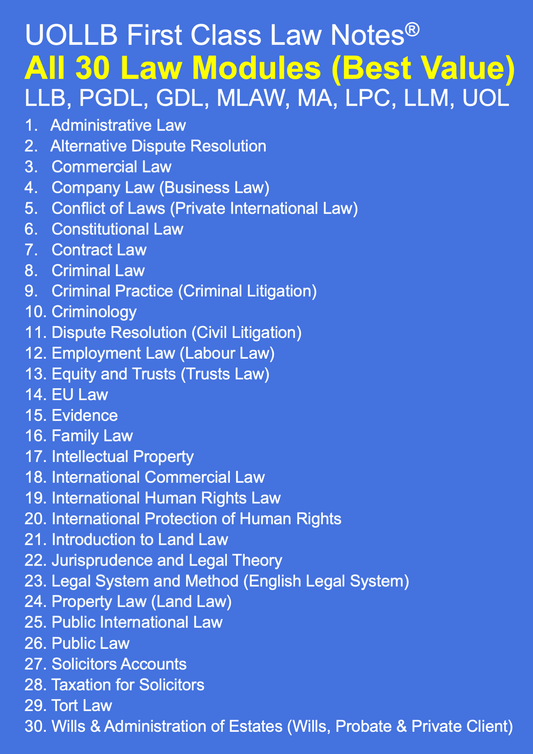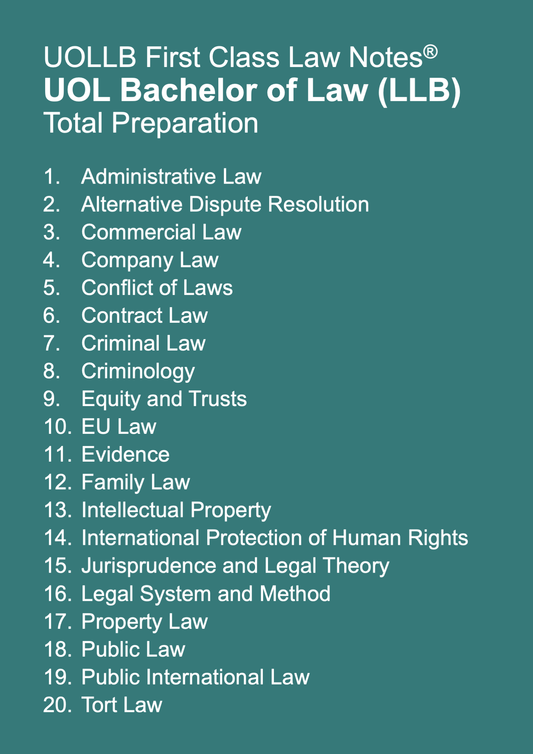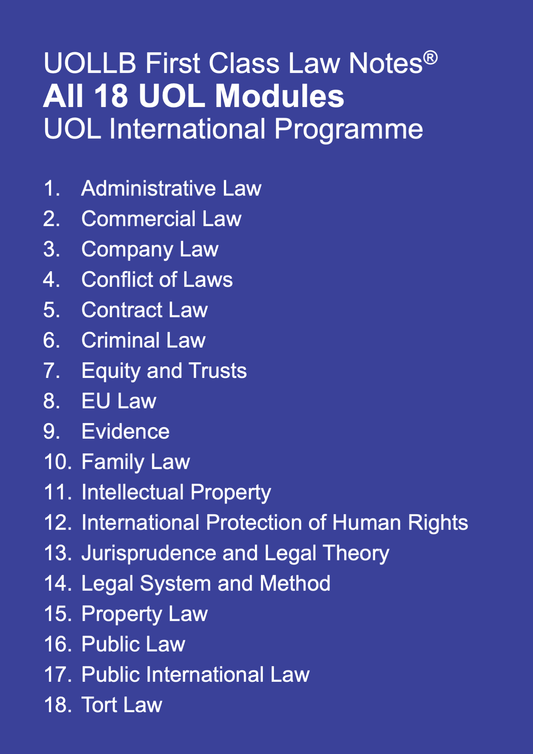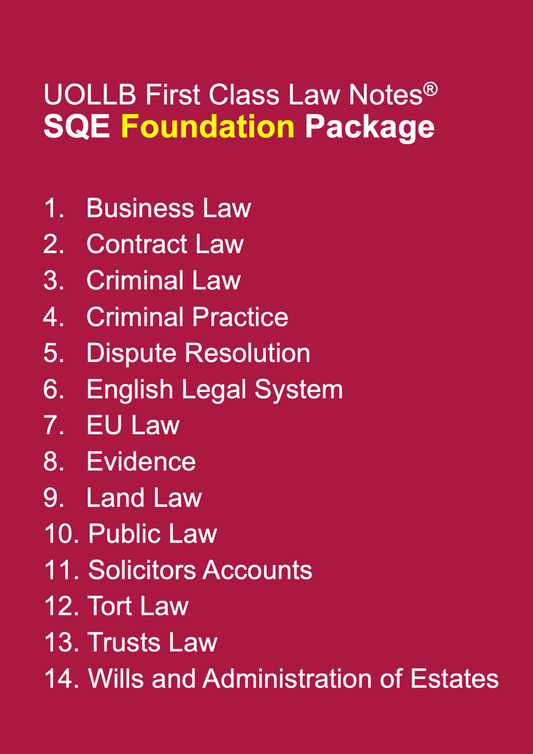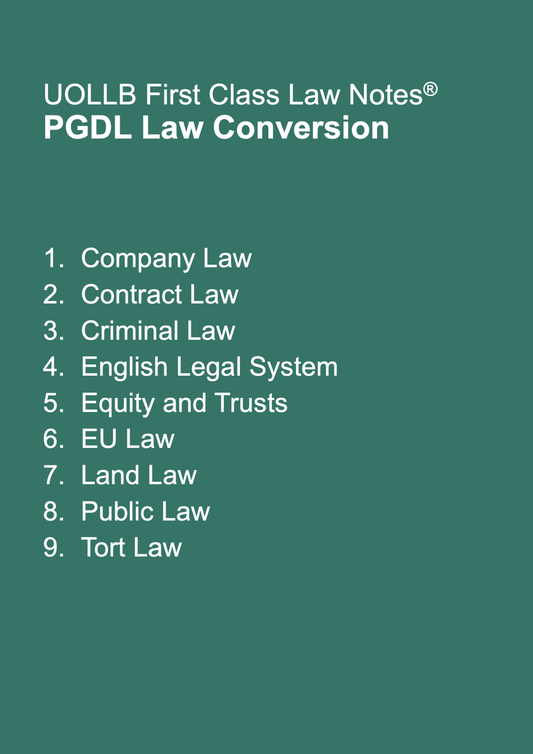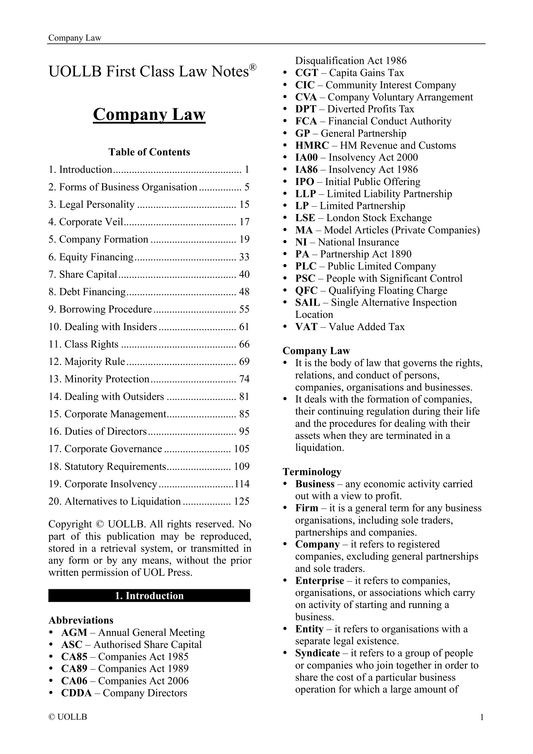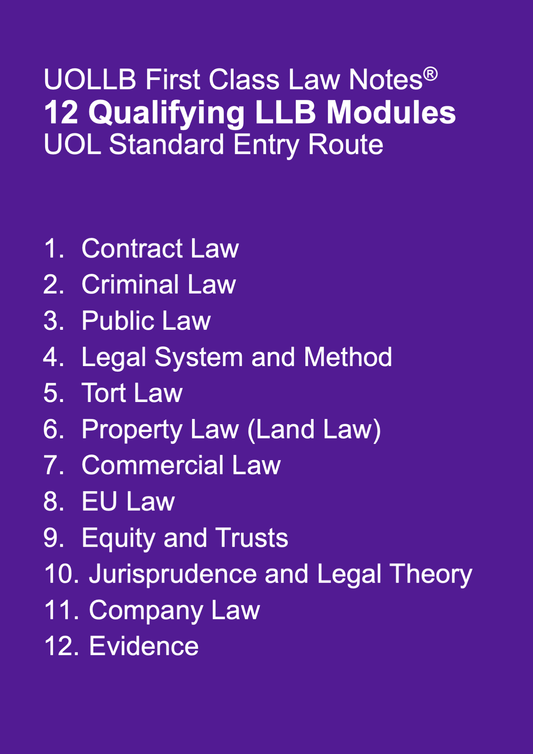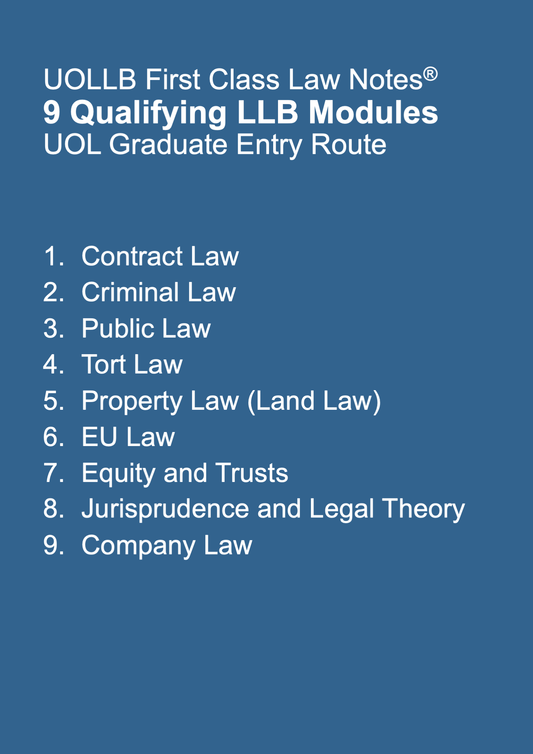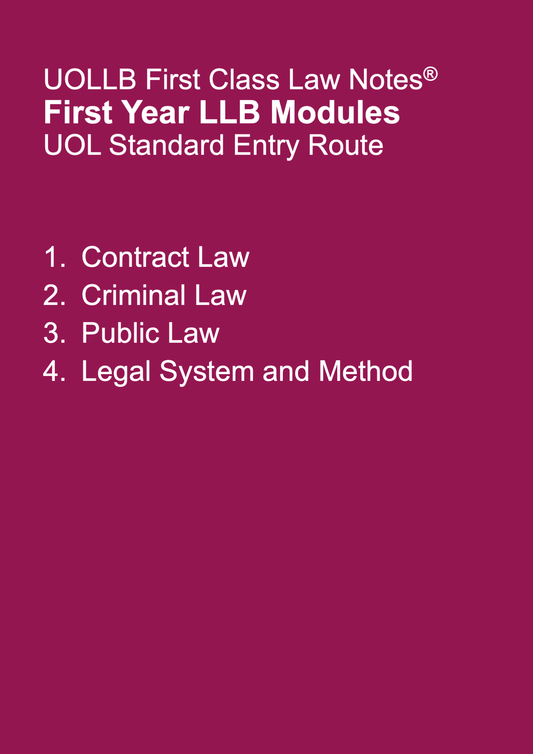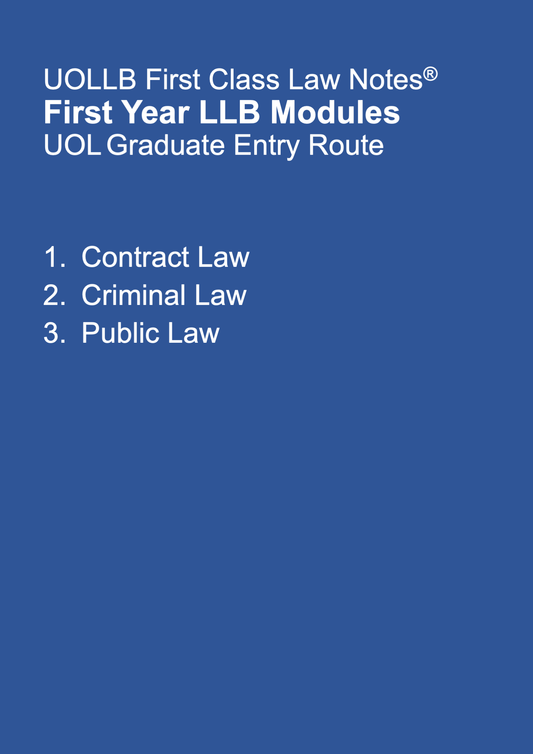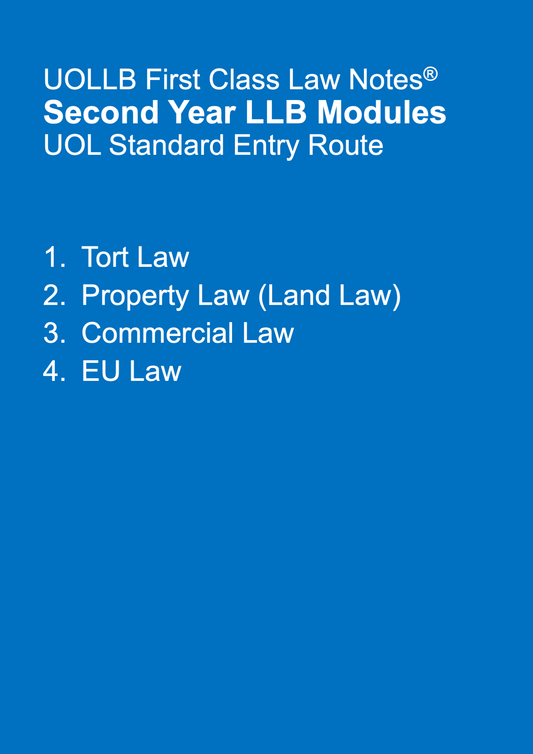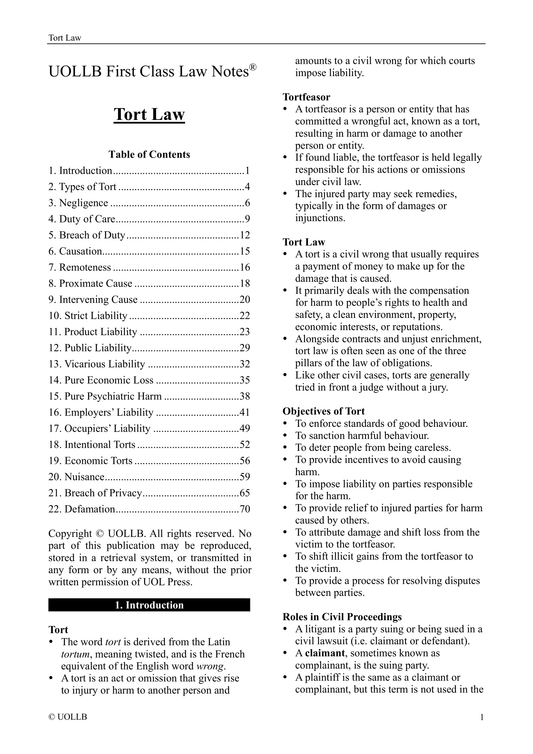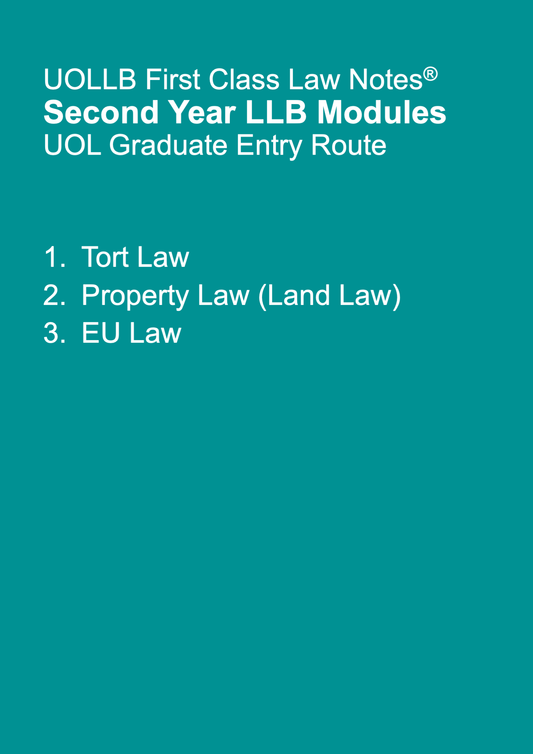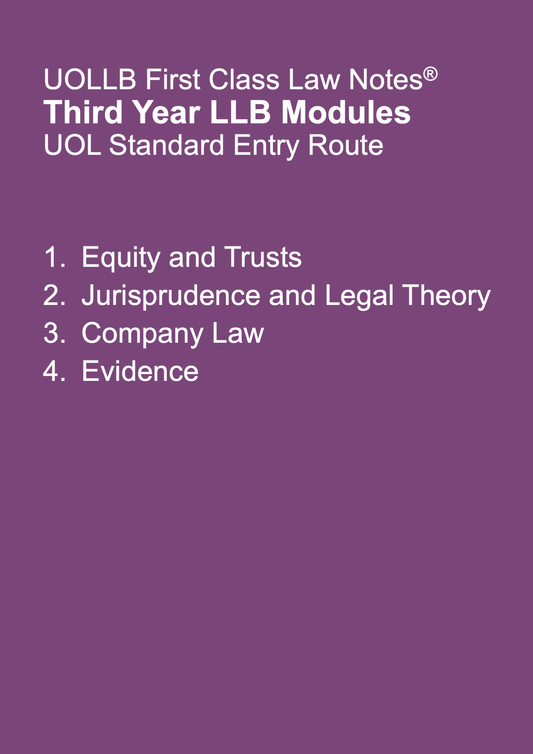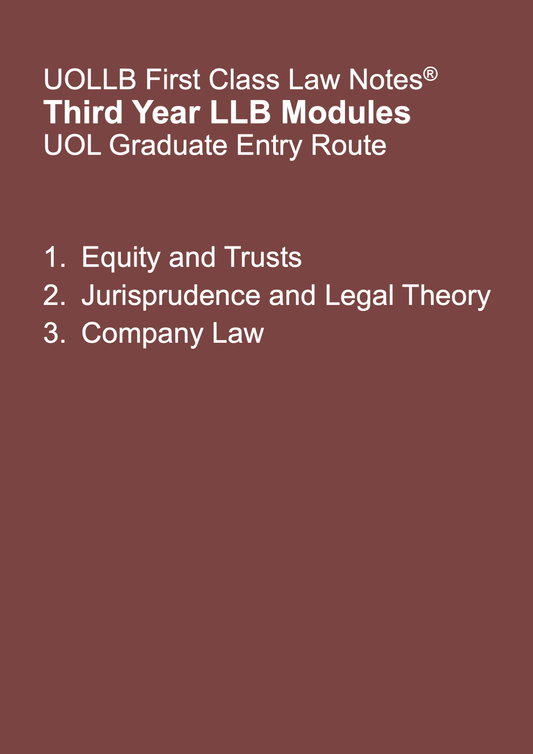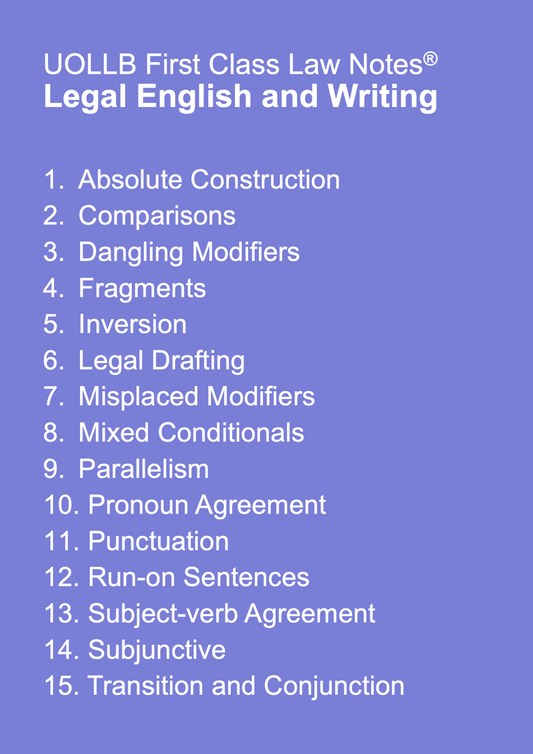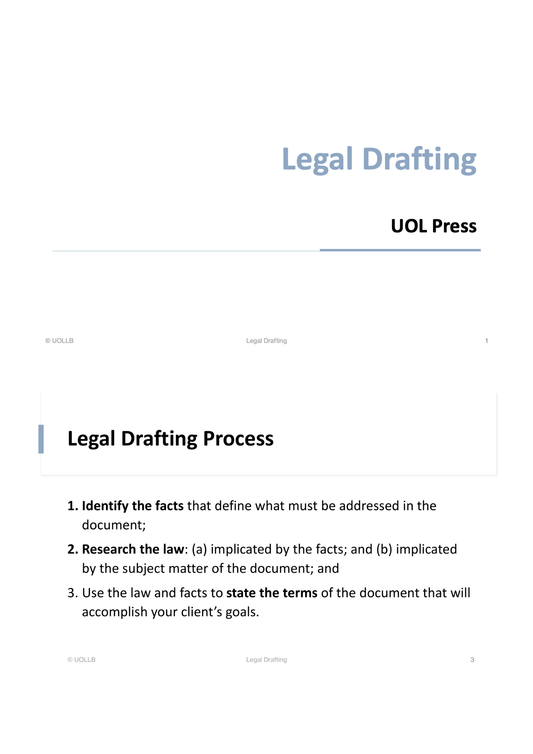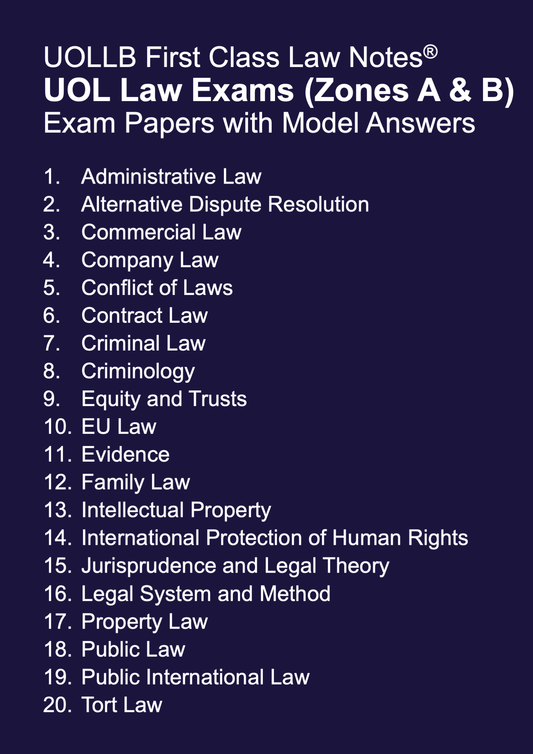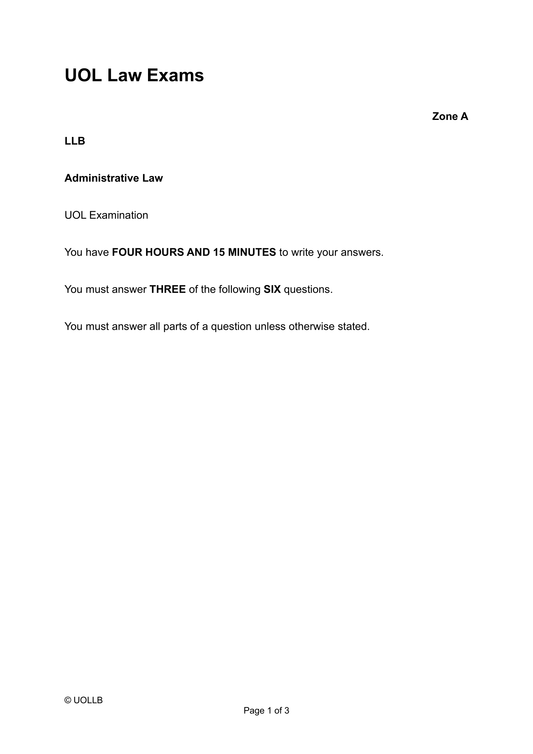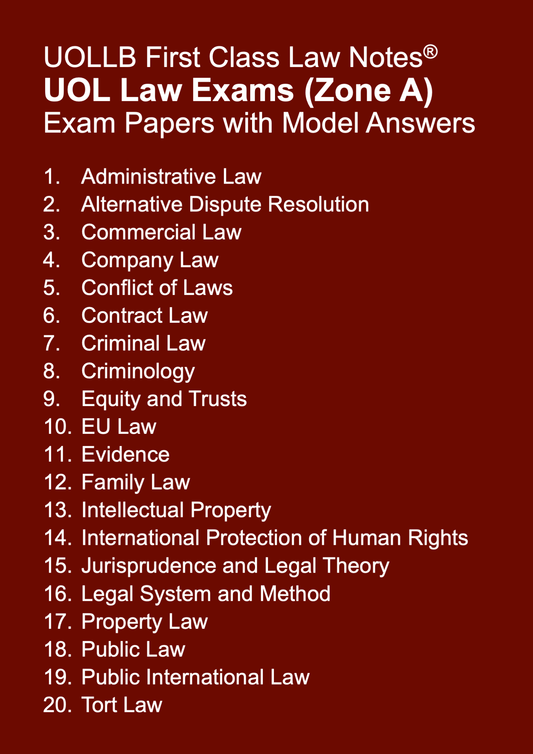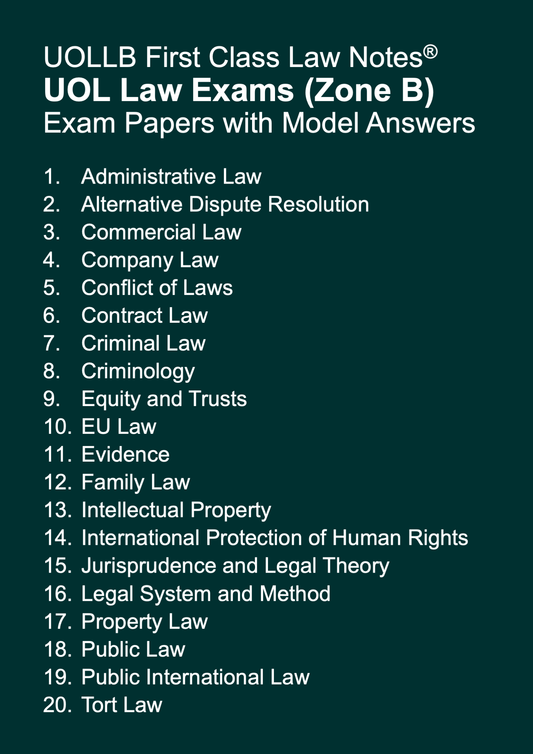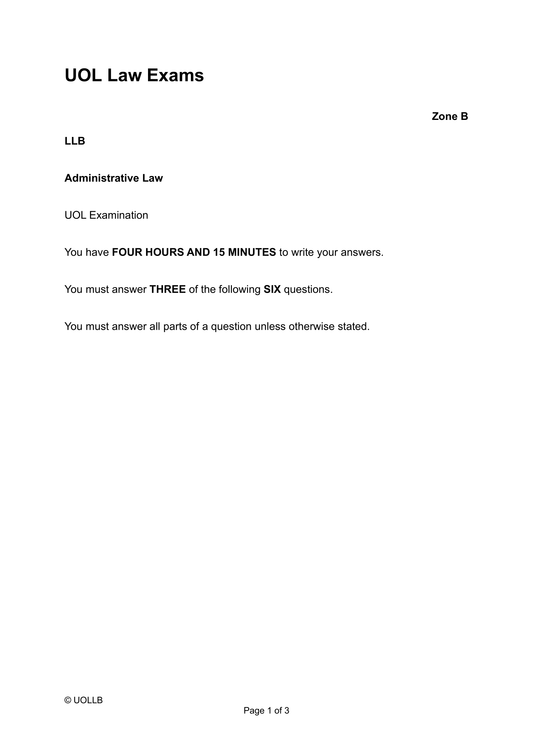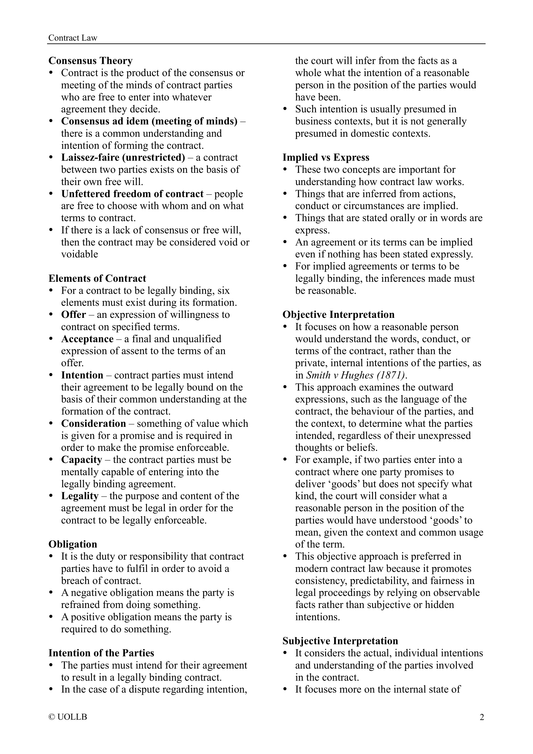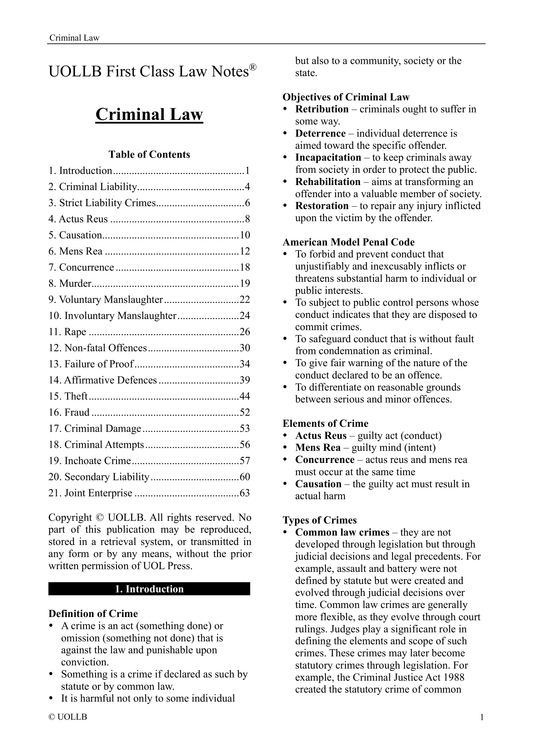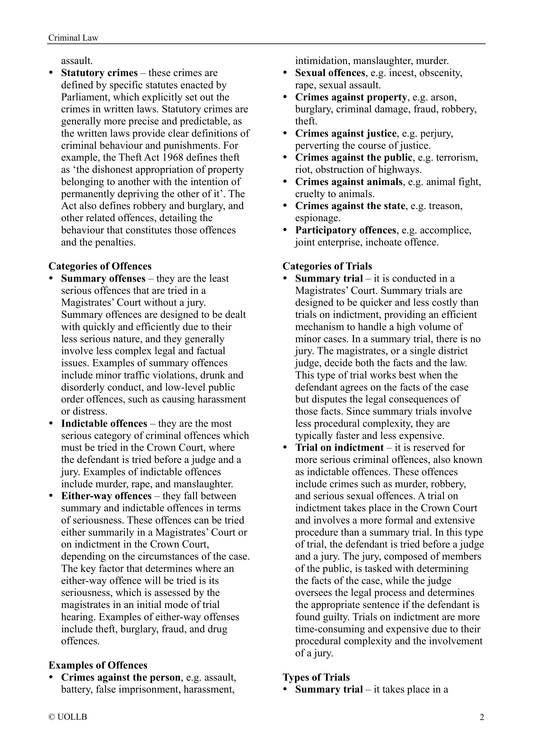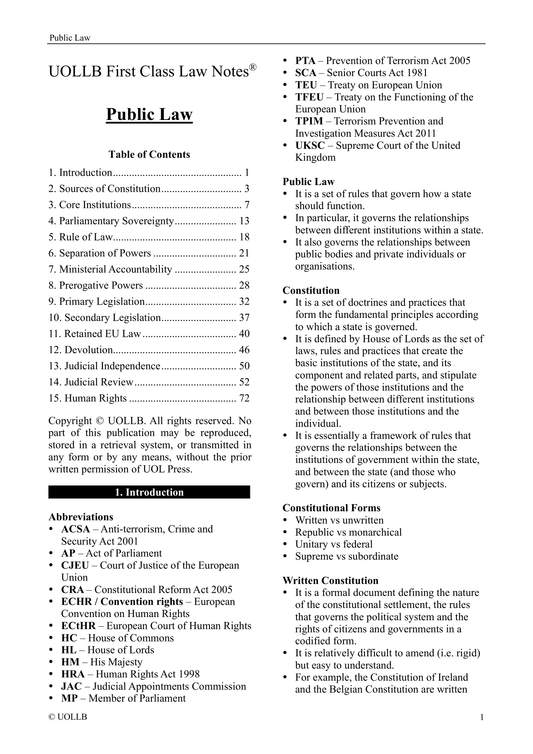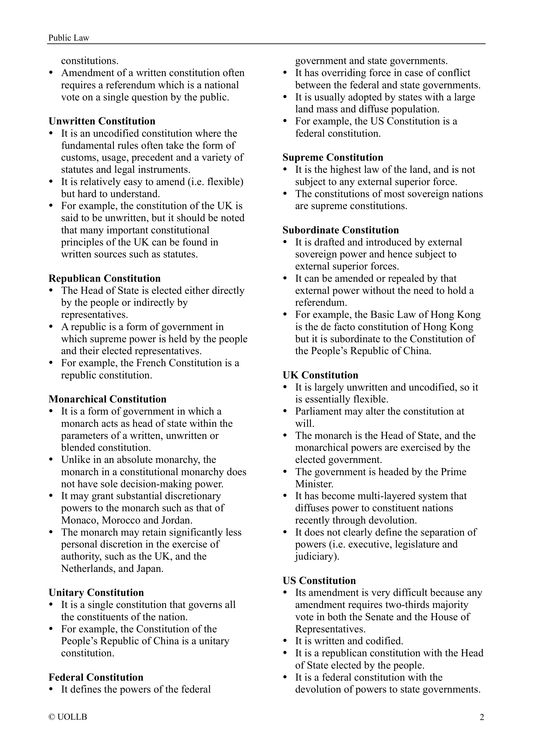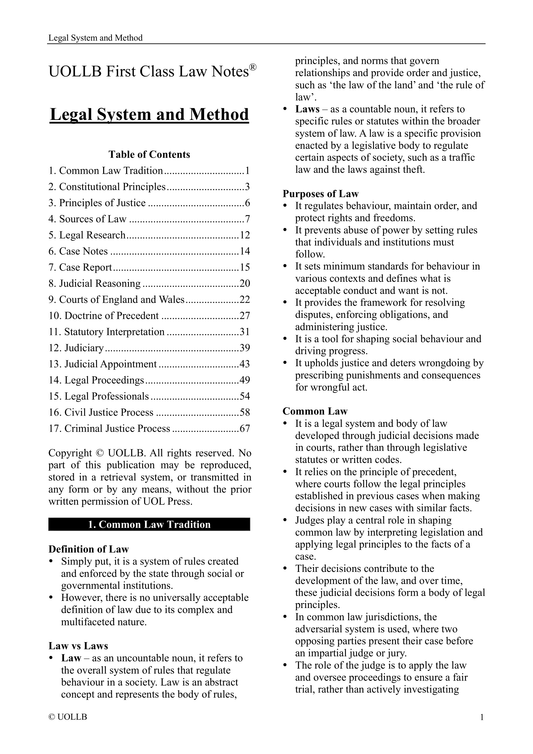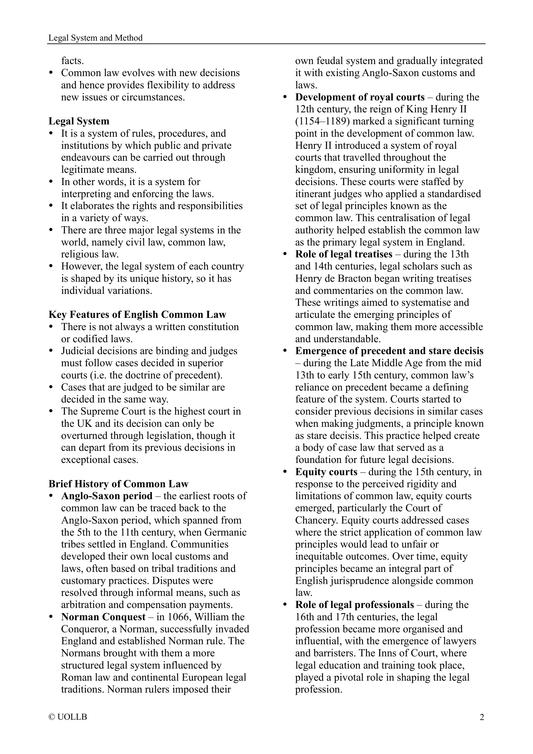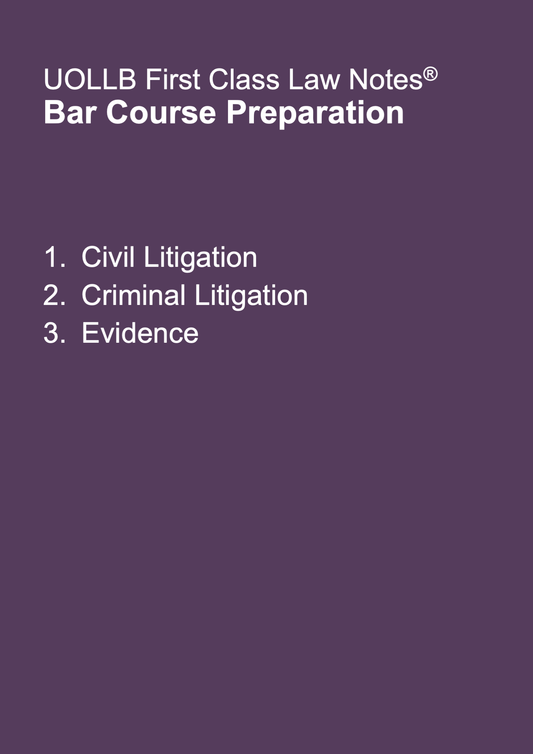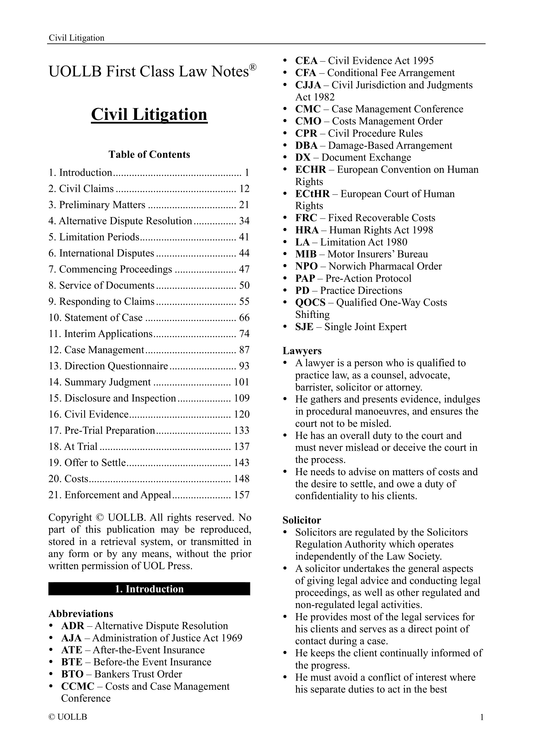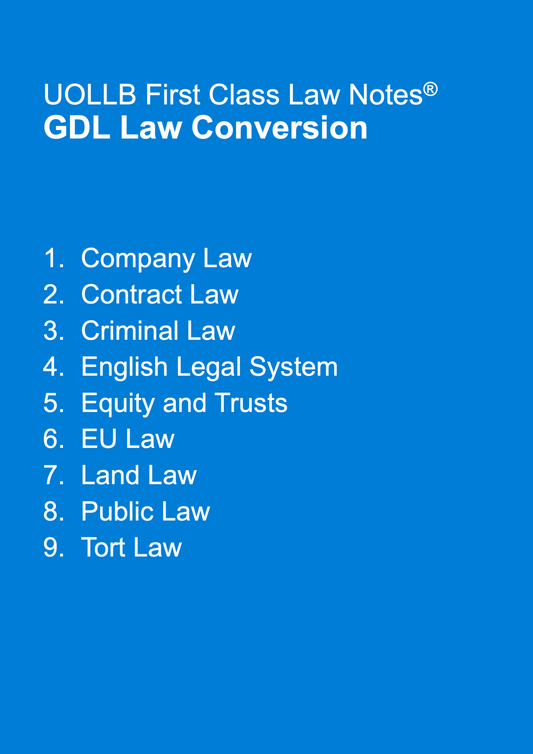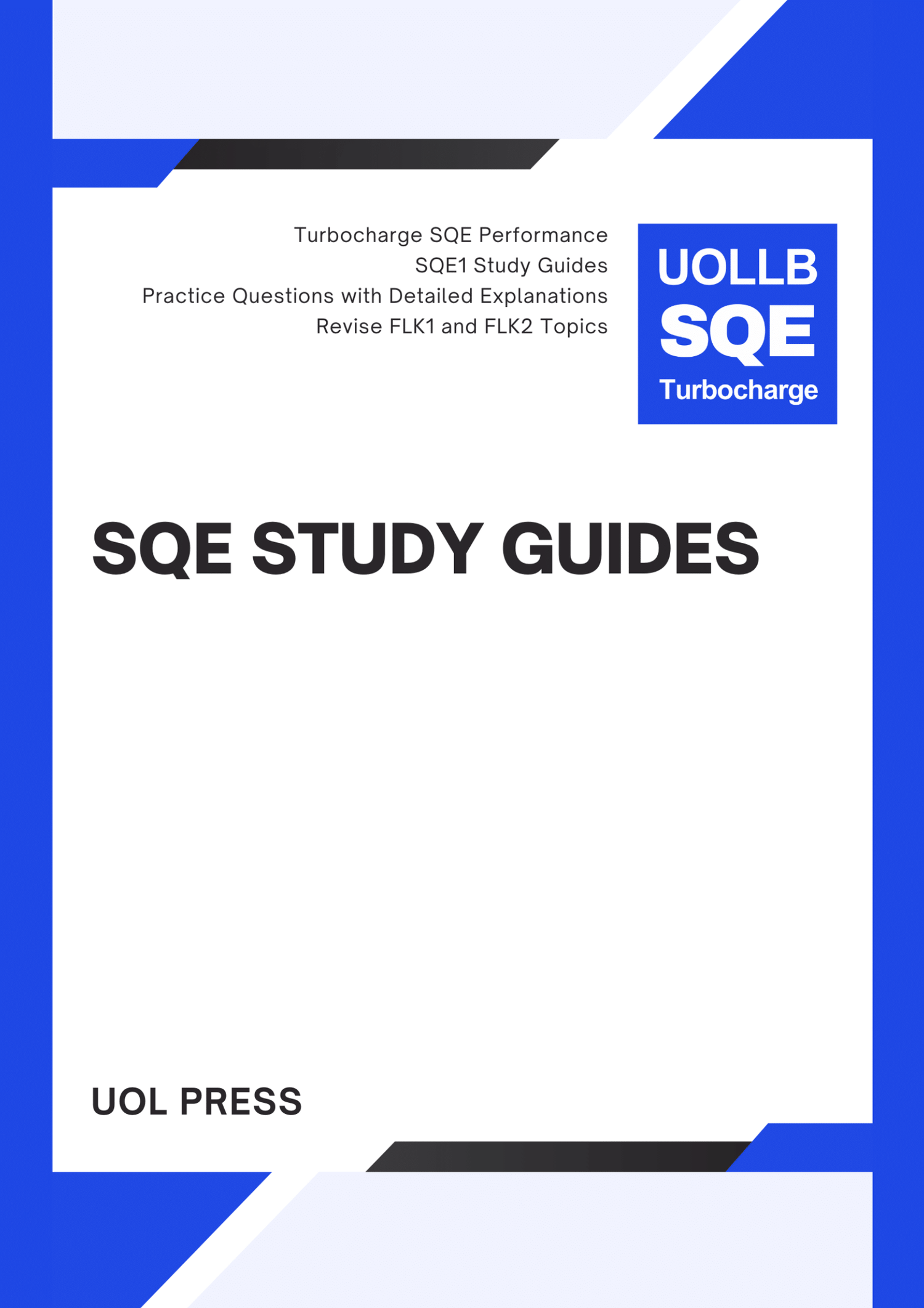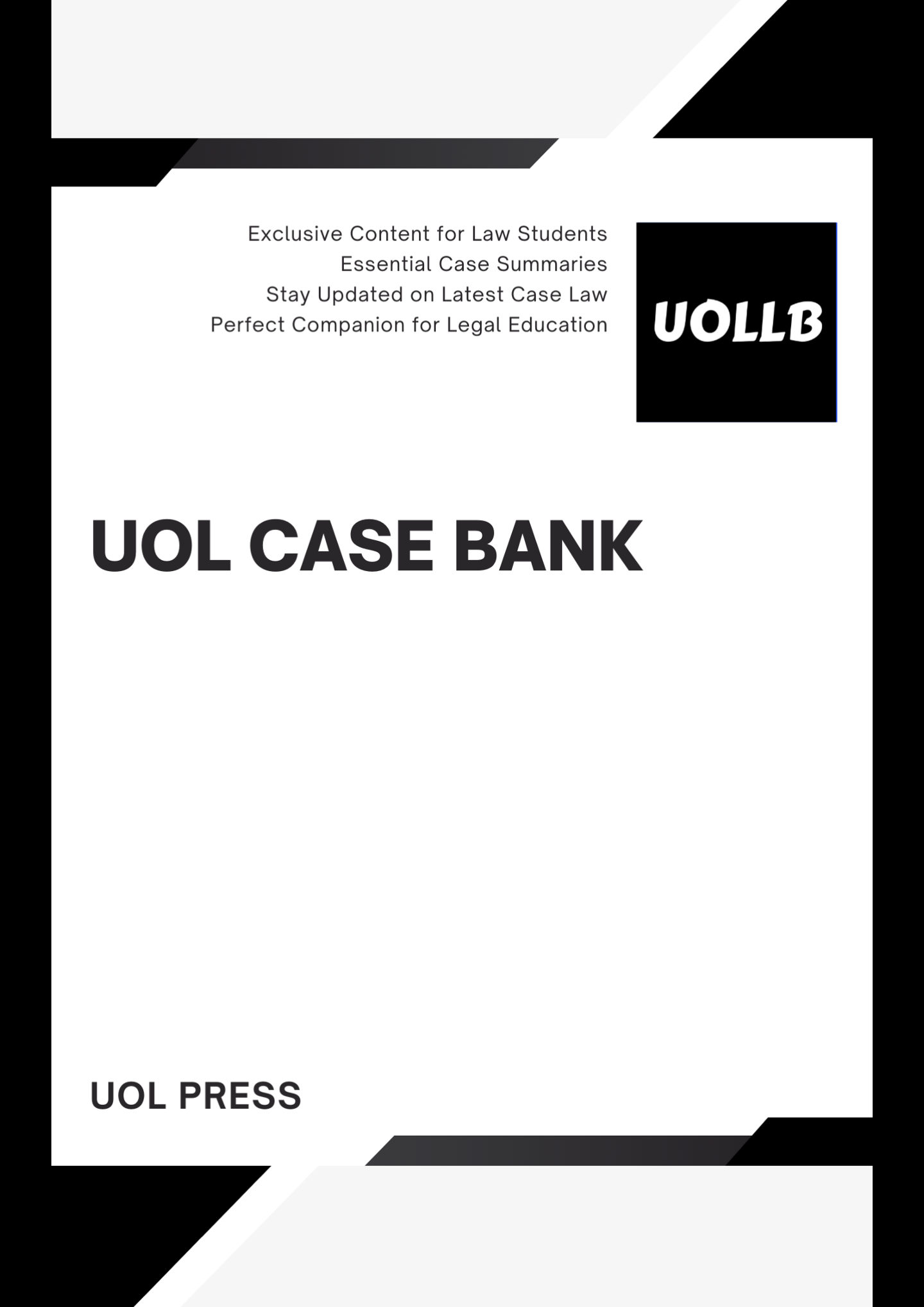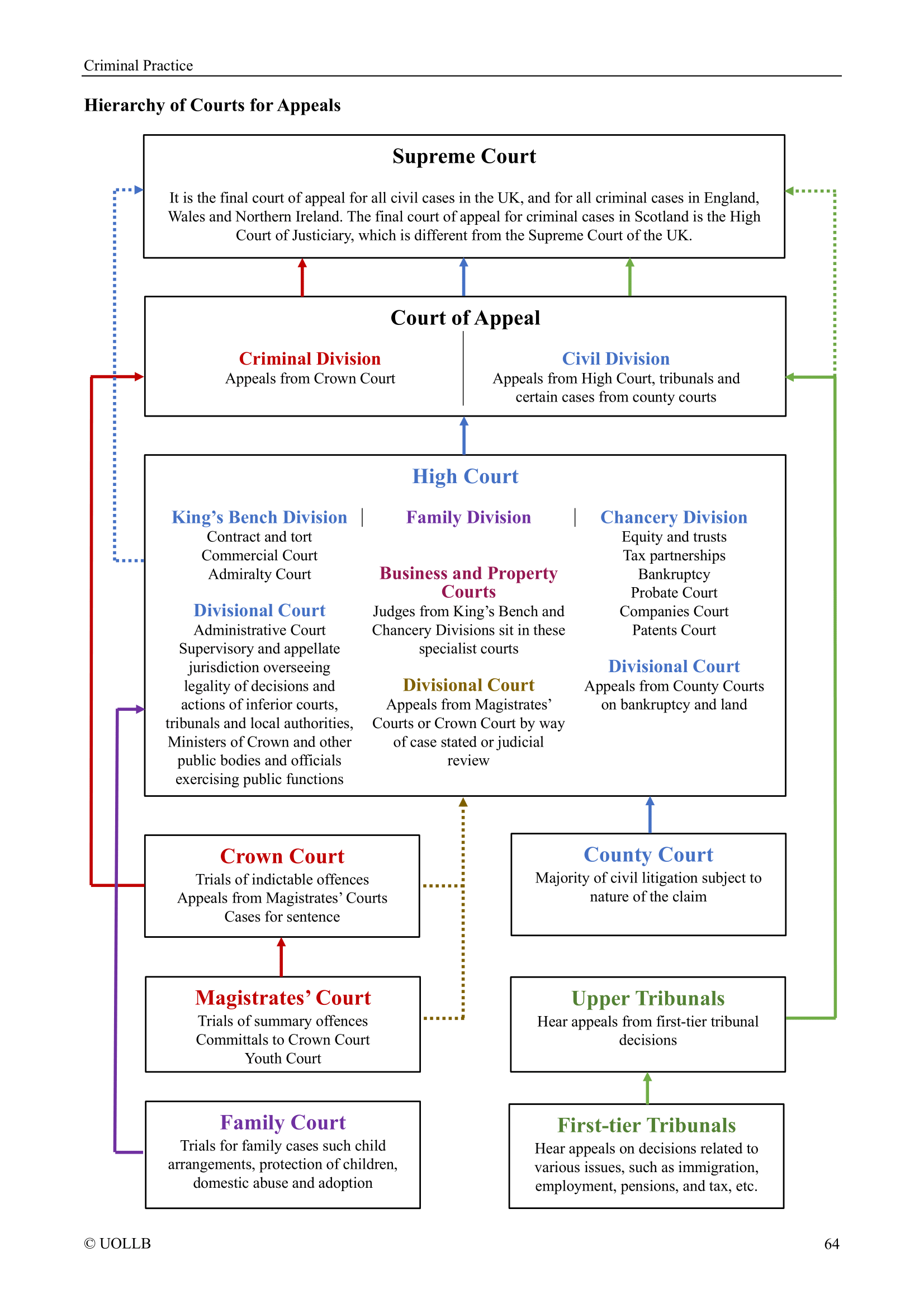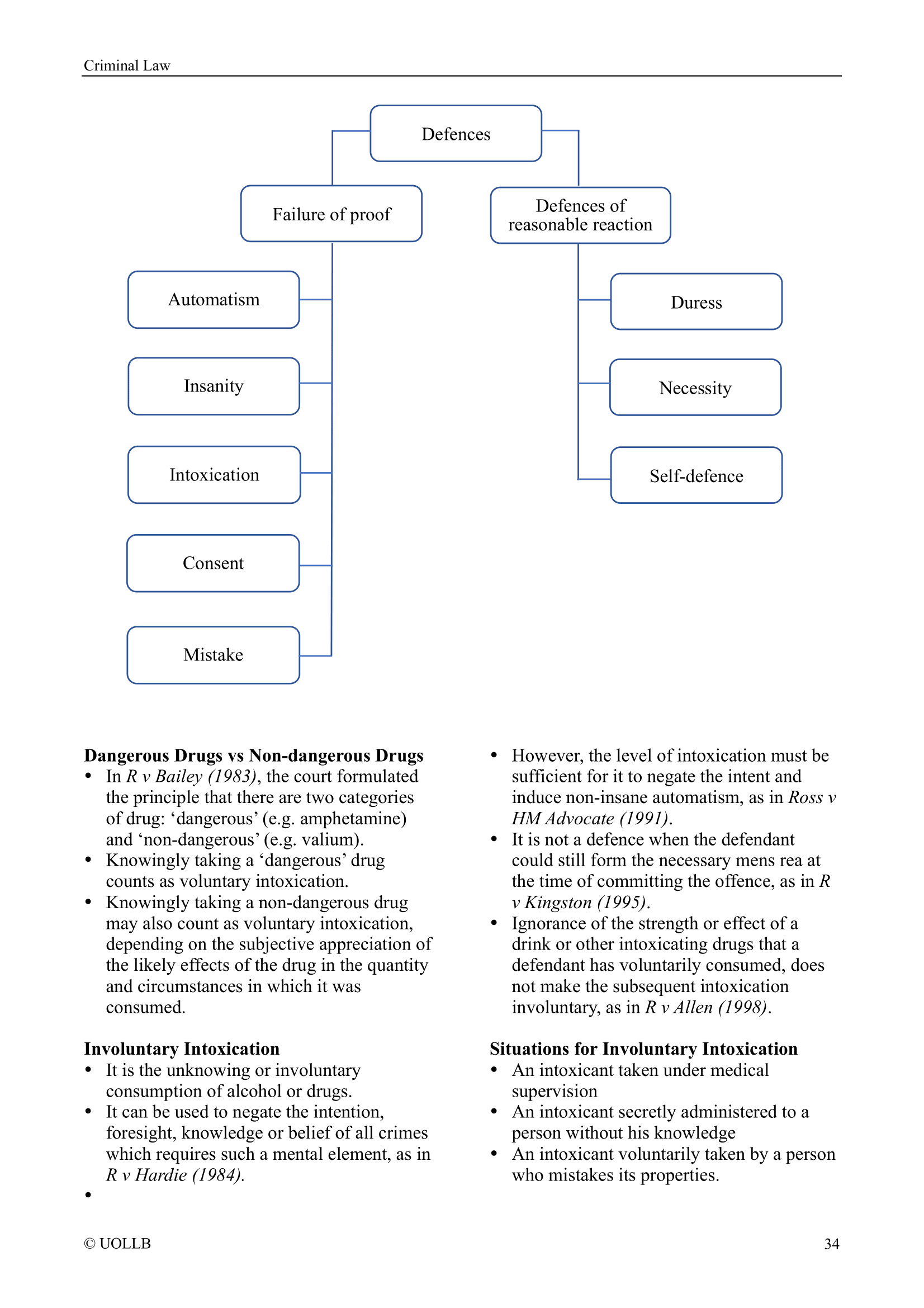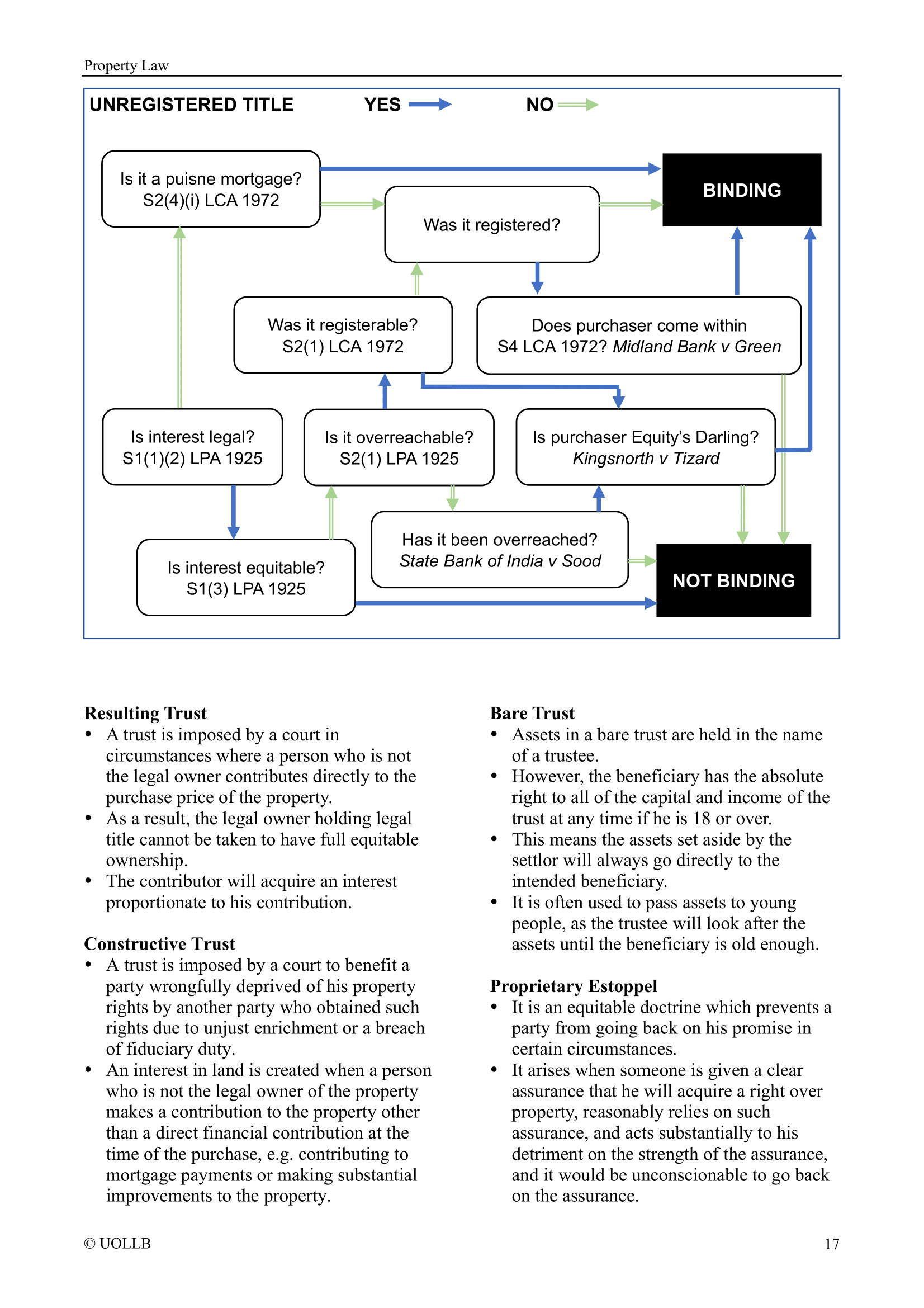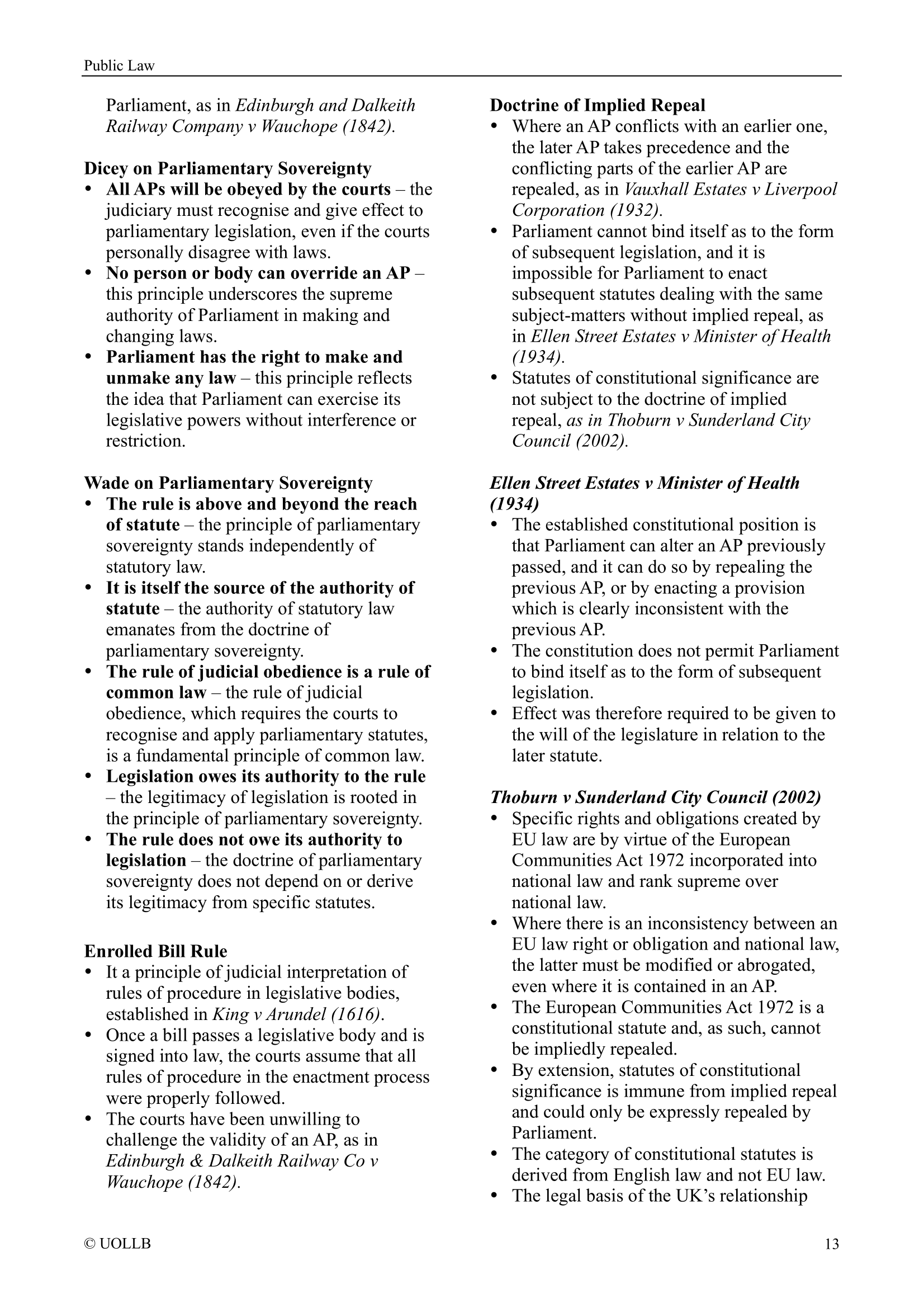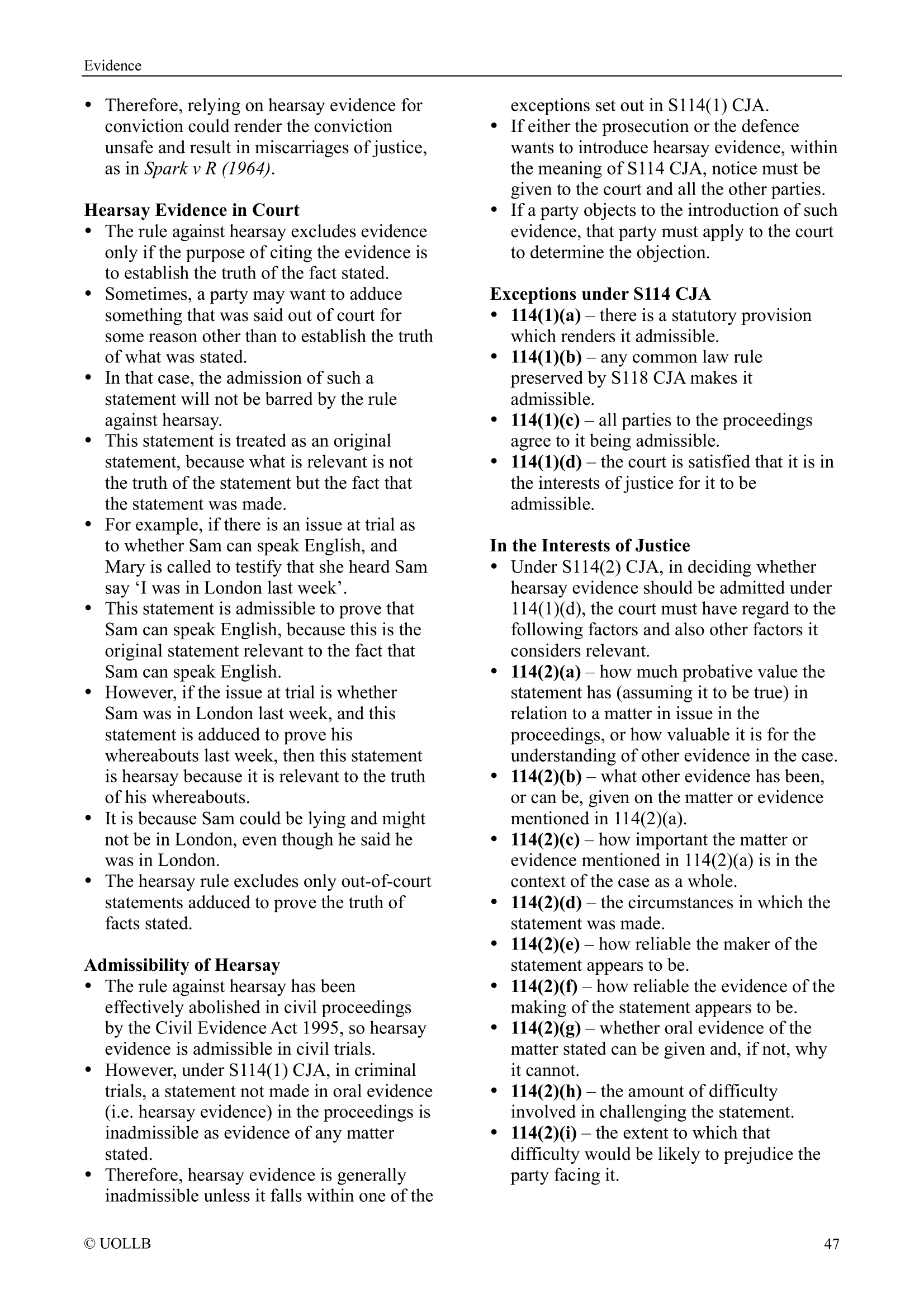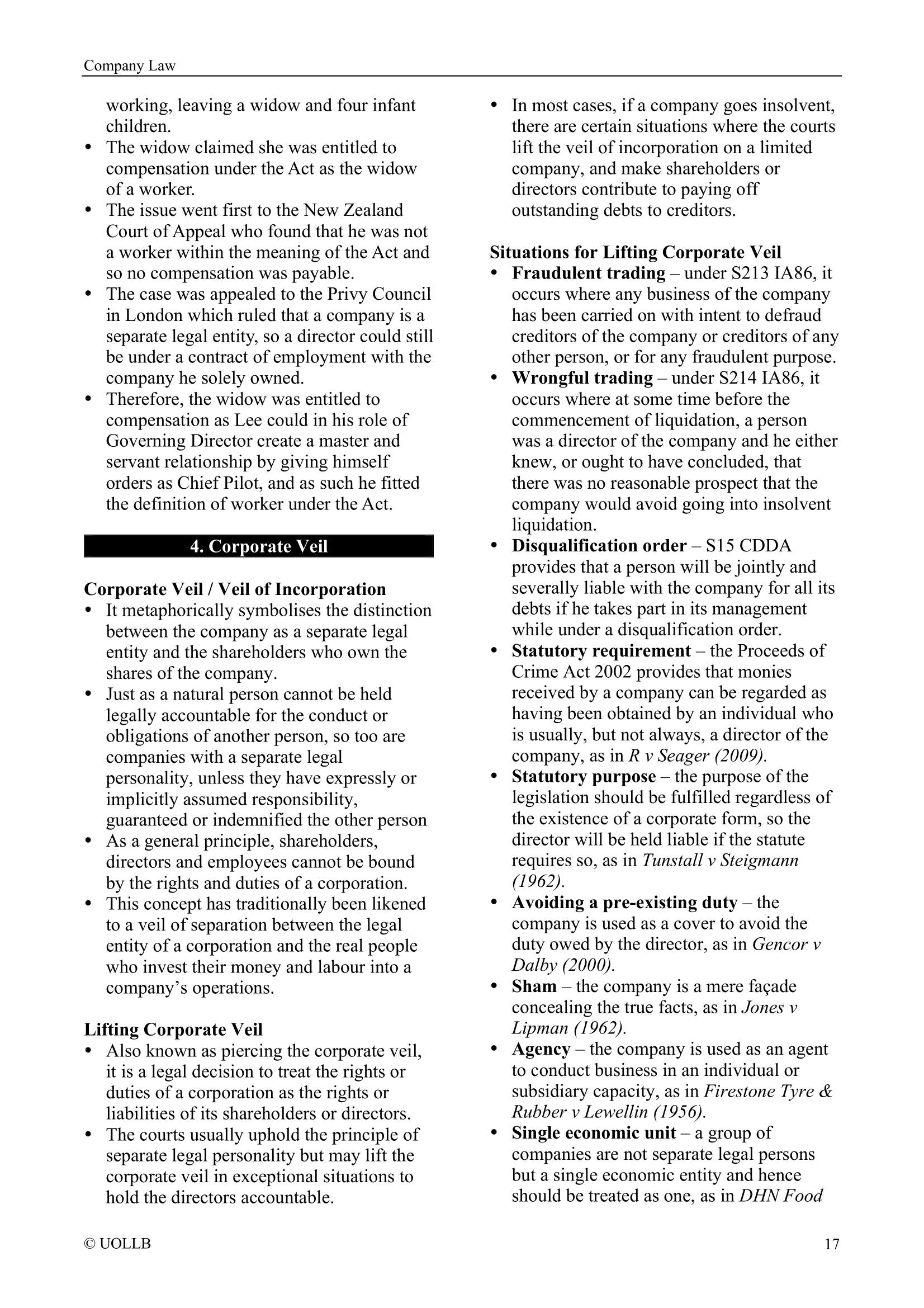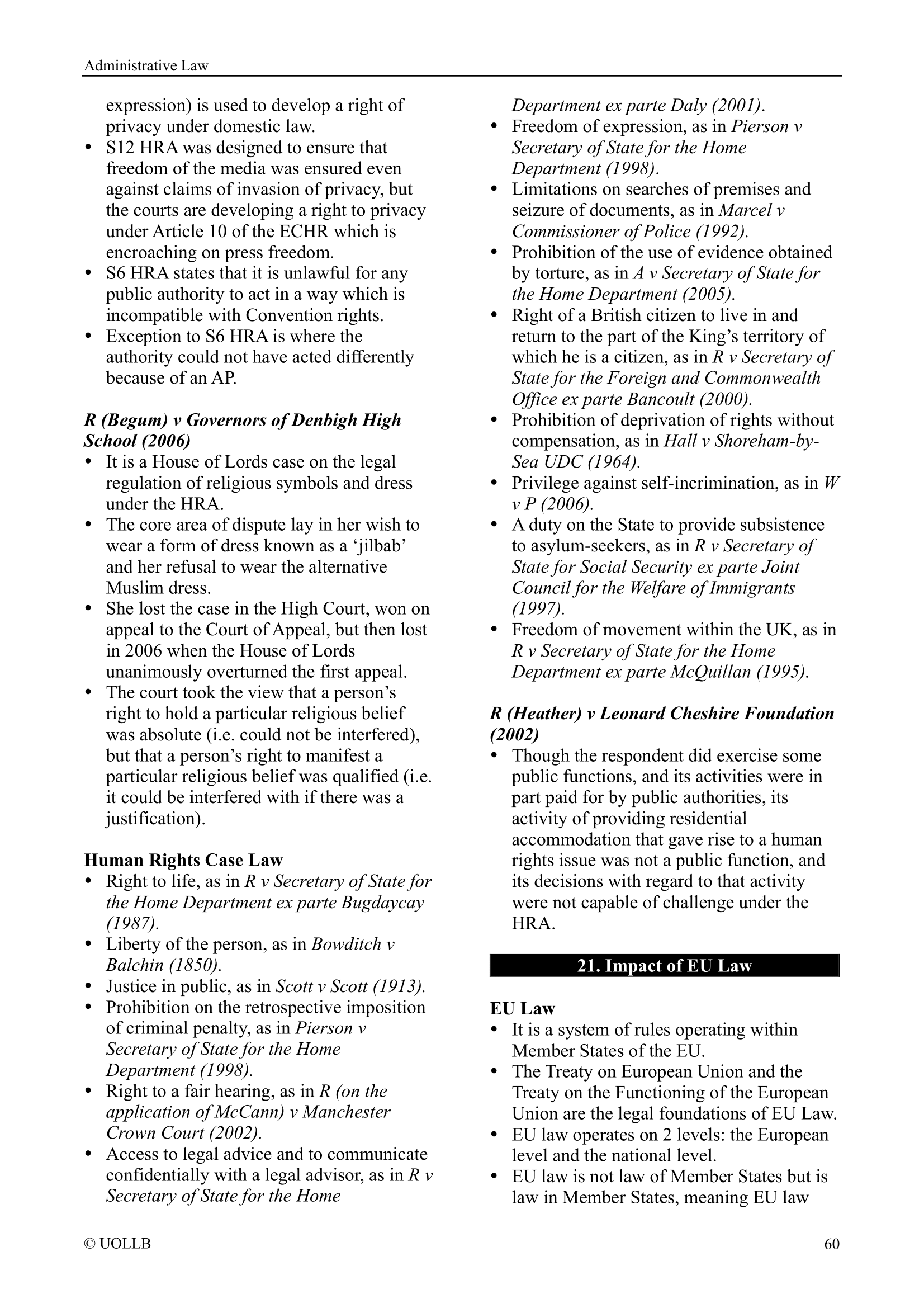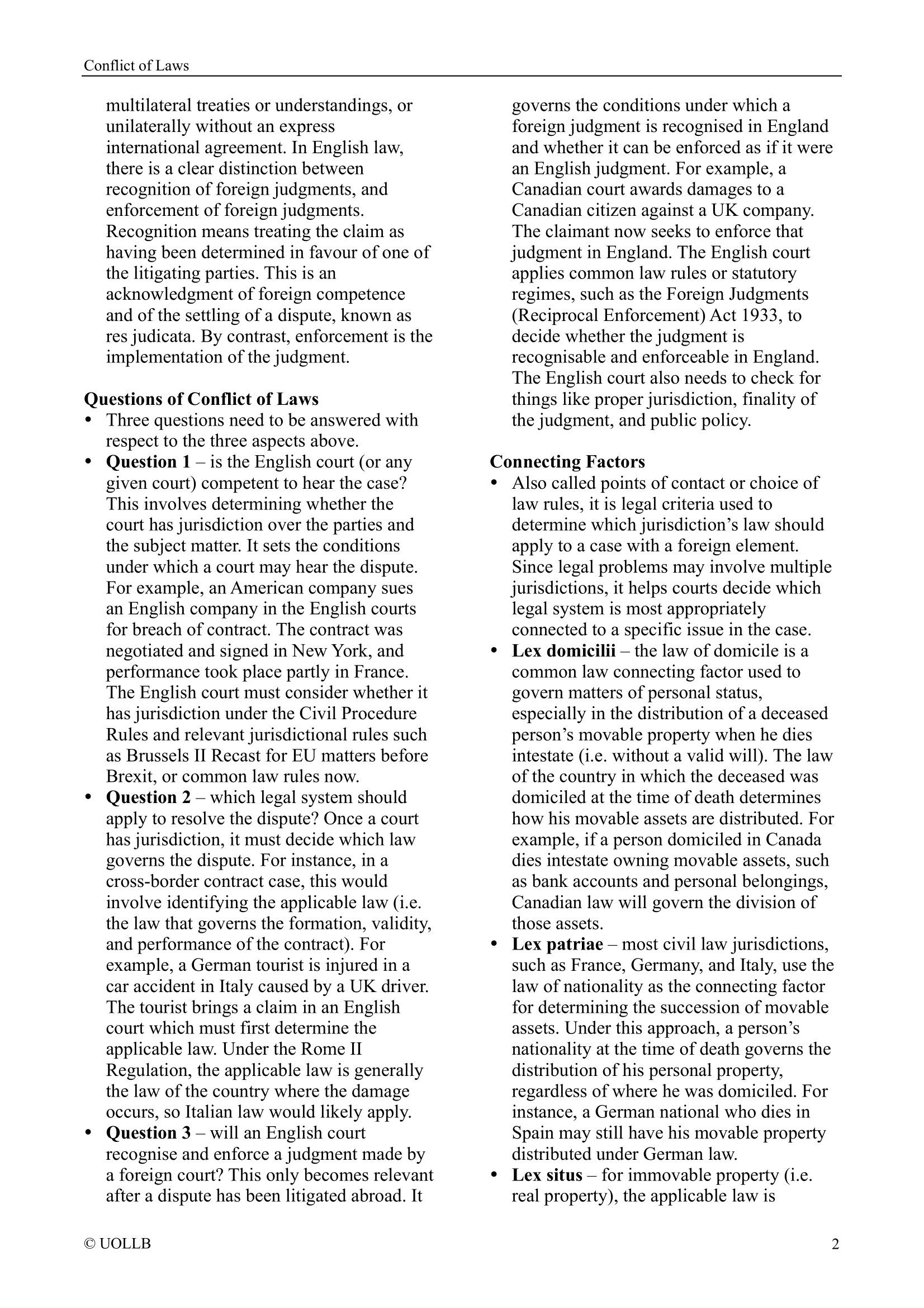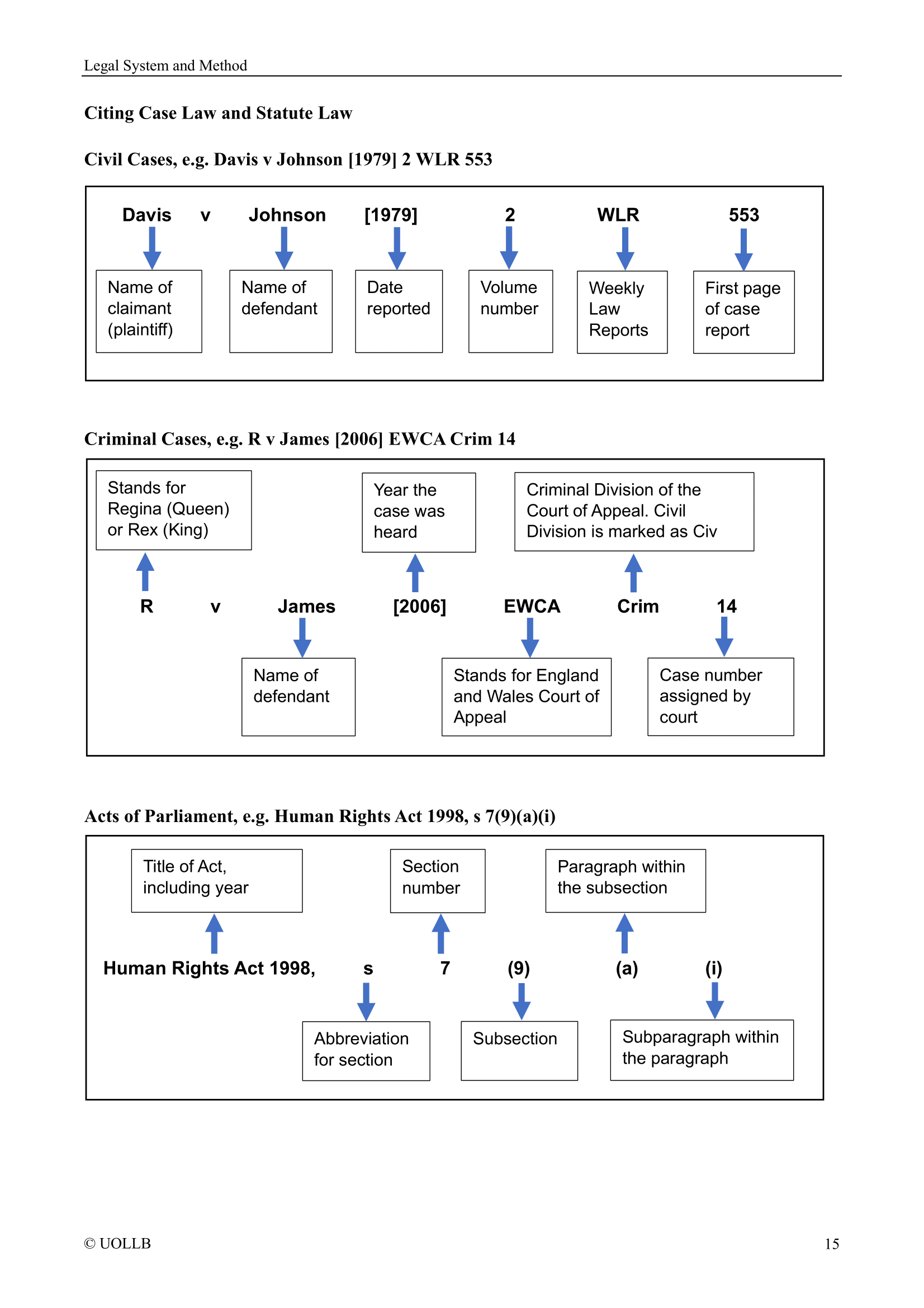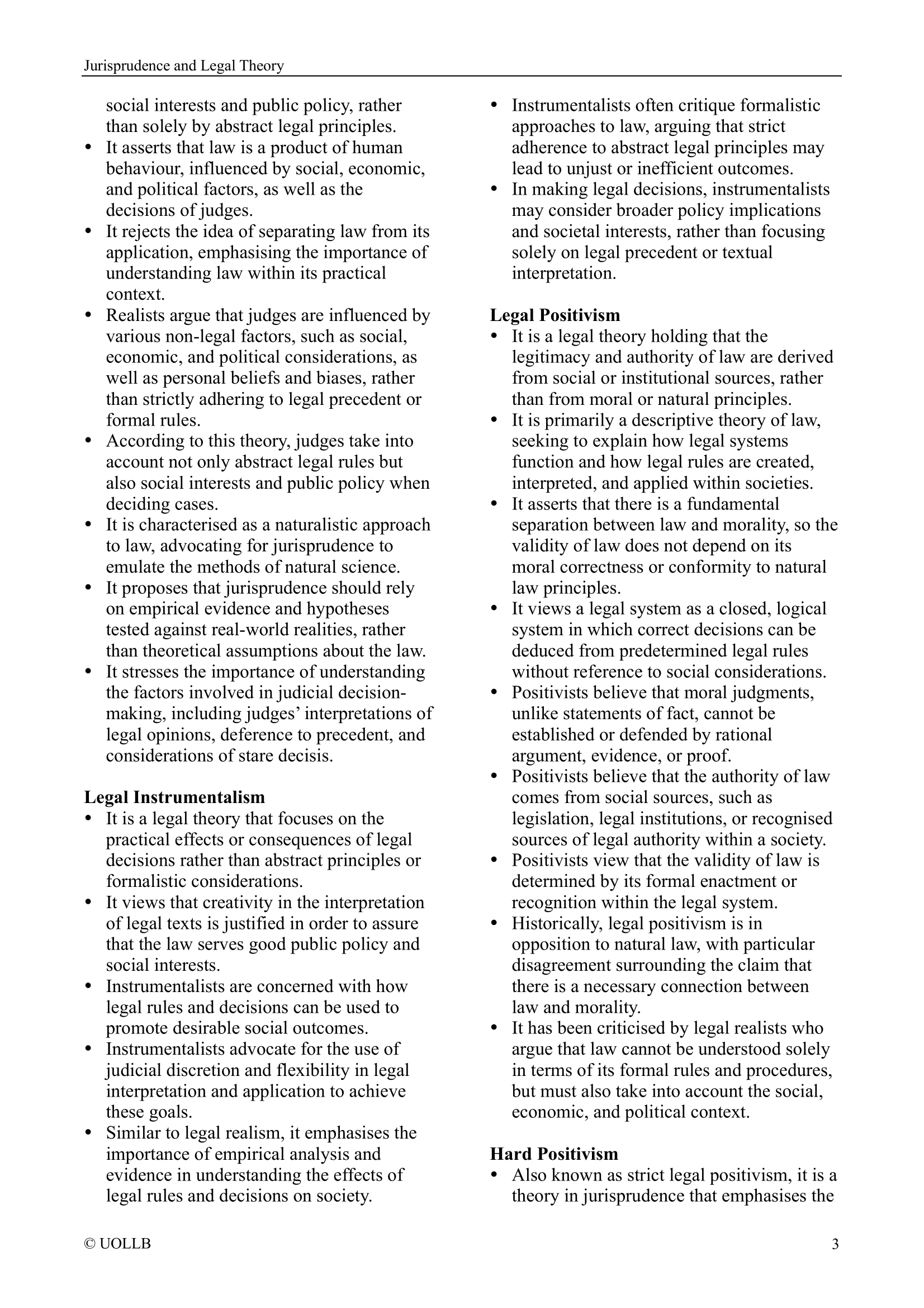European Patent Convention
Share
The European Patent Convention (EPC) is an international treaty that establishes a unified patent system in Europe. It provides a framework for the granting of European patents, which can have legal effect in multiple European countries and beyond.
Purpose: The primary objective of the EPC is to provide a streamlined and centralised system for granting and enforcing patents in Europe. It promotes the harmonisation of patent laws among its member states, simplifying the process for obtaining patent protection.
Administration: The EPC was signed on October 5, 1973, and entered into force on October 7, 1977. It is administered by the European Patent Office (EPO) which is the central organisation responsible for the examination and granting of European patents. It has its headquarters in Munich, Germany, and additional offices in The Hague, Netherlands, and Berlin, Germany.
One application, multiple countries: Under the EPC, inventors and companies can file a single patent application (European patent application) with the EPO to seek patent protection in multiple European countries. The EPO examines the application and, if granted, the patent can have effect in all the EPC member states.
Examination and grant: The EPO conducts a substantive examination of patent applications to assess whether they meet the requirements of patentability, such as novelty, inventive step, and industrial applicability. If the application is approved, a European patent is granted.
Designation of member states: Applicants can designate in their European patent application the specific EPC member states in which they want the patent to have effect. They can choose all or some of the EPC member states, allowing for flexibility in patent protection.
Unitary Patent System: The EPC is closely related to the proposed Unitary Patent System, which aims to provide a single European patent that has uniform legal effect in participating EU member states. This system is expected to reduce the costs and administrative burdens associated with patent protection in the EU.
Opposition and appeals: After the grant of a European patent, there is a period during which third parties can file oppositions to the patent's validity. Decisions on oppositions can be appealed to the Boards of Appeal of the EPO.
Languages: The EPC is available in several official languages, including English, French, and German. Patent applications can be filed in any of these languages, but translations into one of the official languages of the EPO may be required.
Cooperation with national patent offices: The EPC cooperates with national patent offices in the member states, allowing for efficient communication and coordination of patent-related matters.
Extension states: Beyond the EPC member states, there are extension states that are not full members but have agreements with the EPC to recognise European patents. These states include several non-European countries like Morocco.
Amendments and revisions: The EPC has undergone amendments and revisions to adapt to changing patent practices and needs. These revisions have expanded the scope and coverage of the EPC.
International cooperation: The EPC facilitates international cooperation in patent matters. It allows for the filing of international patent applications under the Patent Cooperation Treaty (PCT), which provides a mechanism for seeking patent protection in multiple countries.
Legal framework: The EPC establishes the legal framework for patent protection, including the criteria for patentability, procedures for filing and examination, requirements for patent specifications, and provisions for patent enforcement and opposition.
The EPC has played a crucial role in harmonising patent laws and streamlining the patent system across Europe. It provides inventors with a unified mechanism for obtaining patent protection in multiple countries, promoting innovation, and facilitating cross-border patent enforcement.
